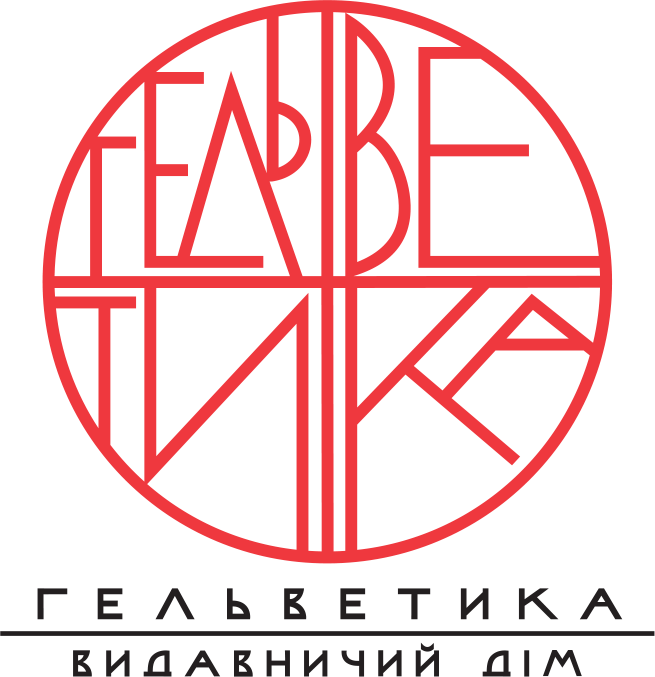METHODOLOGY OF INTEGRATION OF DIGITAL TECHNOLOGIES INTO INTERIOR DESIGN OF MODERN URBAN SPACES
DOI:
https://doi.org/10.32782/uad.2024.6.22Keywords:
architecture, design, urban planning, interior design, hotel design, building design, glamping, construction, design of public spaces, developmentAbstract
The article presents an authorial methodology for designing public spaces and buildings with various functional purposes based on integrating innovative technologies, adaptive design, and ecological approaches. The analysis of contemporary trends in architecture and design confirms the necessity of creating solutions that align with sustainable development principles, enhance objects' functionality, and ensure user comfort. The proposed methodology considers the characteristics of urban environments and the specifics of natural landscapes, enabling the adaptation of architectural solutions to their context. Special emphasis is placed on the development of conceptual approaches to the integration of innovative technologies. The methodology incorporates energy-efficient solutions, such as passive energy-saving systems, renewable energy sources, and automated management systems. Additionally, the application of modern materials, including bioconcrete, recycled resources, and composite structures, contributes to the ecological efficiency of buildings. Integrating digital technologies, such as BIM modeling and VR/AR tools, optimizes the design process and increases the accuracy of project implementation. Practical examples of the implementation of the authorial projects presented in this study confirm the effectiveness of the proposed solutions. In urban environments, multifunctional public spaces and coworking areas have been realized, ensuring flexibility and adaptability through modular structures and intelligent management systems. In natural landscapes, glamping sites have been successfully implemented and harmoniously integrated into the environment using eco-friendly materials and renewable energy sources. Particular attention is given to socially oriented solutions that provide accessibility and comfort for diverse user categories, including people with reduced mobility. Inclusive design, interactive information panels, and collaboration zones enhance objects' usability and social significance. The findings demonstrate that the proposed methodology is an effective tool for designing modern architectural objects that adhere to sustainable development principles. It enables the creation of functional, ecologically efficient, and comfortable spaces tailored to user needs and environmental specifics.
References
Carmona M. Principles for public space design, planning to do better. Urban Design International. 2019. Vol. 24. P. 47–59. URL: https://doi.org/10.1057/s41289-018-0070-3 (дата звернення: 26.01.2025).
Integrating a landscape connectivity approach into mitigation hierarchy planning by anticipating urban dynamics / S. Tarabon et al. Landscape and Urban Planning. 2020. Vol. 202. Article 103871. URL: https://doi.org/10.1016/j.landurbplan.2020.103871 (дата звернення: 26.01.2025).
Generative urban design: A systematic review on problem formulation, design generation, and decisionmaking / F. Jiang et al. Progress in planning. 2024. Vol. 180. Article 100795. URL: https://doi.org/10.1016/j.progress.2023.100795 (дата звернення: 26.01.2025).
Кисиль С. С., Полякова О. В., Булгакова Т. В. (2020). Цифрові технології в дизайні сучасного внутрішнього середовища цивільних будівель. Art and Design. 2020. No. 1. P. 105–114. URL: https://doi.org/10.30857/2617-0272.2020.1.8 (дата звернення: 26.01.2025).
Hassanein H. Trends of contemporary art in innovative interior architecture design of cultural spaces. Cities' Identity Through Architecture and Arts / ed. by Y. Mahgoub et al. Cham: Springer, 2021. P. 25–57. URL: https://doi.org/10.1007/978-3-030-14869-0_3 (дата звернення: 26.01.2025).
Karahan F., Davardoust S. (2020). Evaluation of vernacular architecture of Uzundere District (architectural typology and physical form of building) in relation to ecological sustainable development. Journal of Asian Architecture and Building Engineering. Vol. 19, No. 5. P. 490–501. URL: https://doi.org/10.1080/13467581.2020.1758108 (дата звернення: 26.01.2025).
Eco-innovative graphic design practices: leveraging fine arts to enhance sustainability in industrial design / J. Alahira et al. Engineering Science & Technology Journal. 2024. Vol. 5, No. 3. P. 783–793. URL: https://doi.org/10.51594/estj.v5i3.902 (дата звернення: 26.01.2025).
Virtual interactive innovations applied for digital urban transformations. Mixed approach / M. Sanchez- Sepulveda et al. Future Generation Computer Systems. 2019. Vol. 91. P. 371–381. URL: https://doi.org/10.1016/j.future.2018.08.016 (дата звернення: 26.01.2025).
Wilson A., Tewdwr-Jones M., Comber R. Urban planning, public participation and digital technology: App development as a method of generating citizen involvement in local planning processes. Environment and Planning B: Urban Analytics and City Science. 2019. Vol. 46, No. 2. P. 286–302. URL: https://doi.org/10.1177/2399808317712515 (дата звернення: 26.01.2025).
Bioconcrete-enabled resilient construction: a review / G. Tyagi et al. Applied Biochemistry and Biotechnology. 2024. Vol. 196, No. 5. P. 2901–2927. URL: https://doi.org/10.1007/s12010-023-04427-8 (дата звернення: 26.01.2025).
Mohammed M., Beydoun Z., Refaat A. Adaptive Design Guidelines for Health-based Promenades in Jeddah City. Civil Engineering and Architecture. 2023. Vol. 11, No. 4. P. 2040–2071. URL: https://doi.org/10.13189/cea.2023.110427 (дата звернення: 26.01.2025).
Designing wildlife-inclusive cities that support human-animal co-existence / B. Apfelbeck et al. Landscape and Urban Planning. 2020. Vol. 200. Article 103817. URL: https://doi.org/10.1016/j.landurbplan. 2020.103817 (дата звернення: 26.01.2025).
New work design for knowledge creation and sustainability: An empirical study of coworking-spaces / R. B. Bouncken et al. Journal of Business Research. 2023. Vol. 154. Article 113337. URL: https://doi.org/10.1016/j.jbusres.2022.113337 (дата звернення: 26.01.2025).
A review of the applications of artificial intelligence and big data to buildings for energy-efficiency and a comfortable indoor living environment / M. U. Mehmood et al. Energy and buildings. 2019. Vol. 202. Article 109383. URL: https://doi.org/10.1016/j.enbuild.2019.109383 (дата звернення: 26.01.2025).



